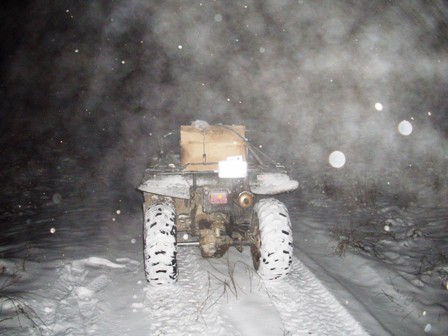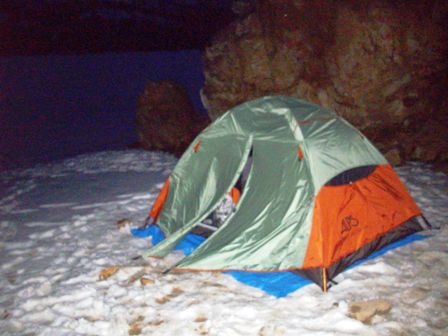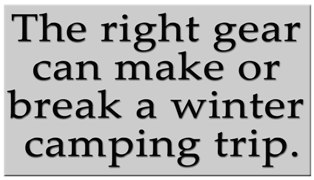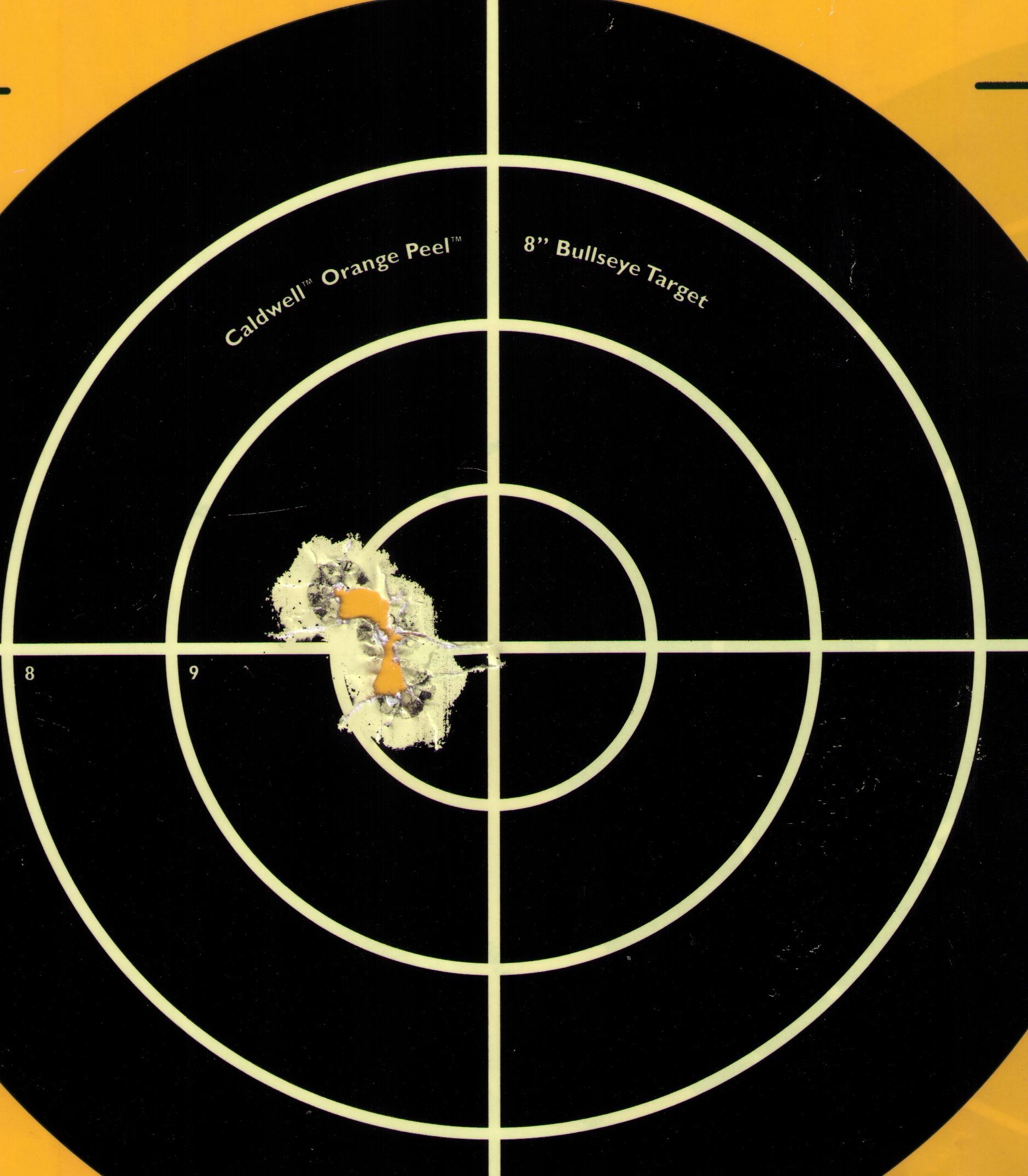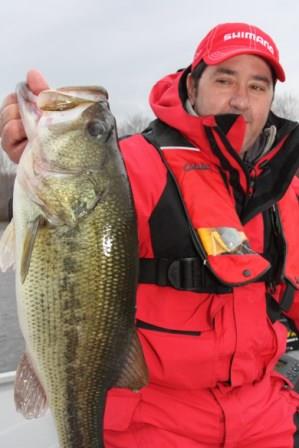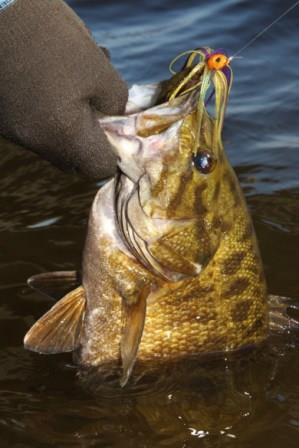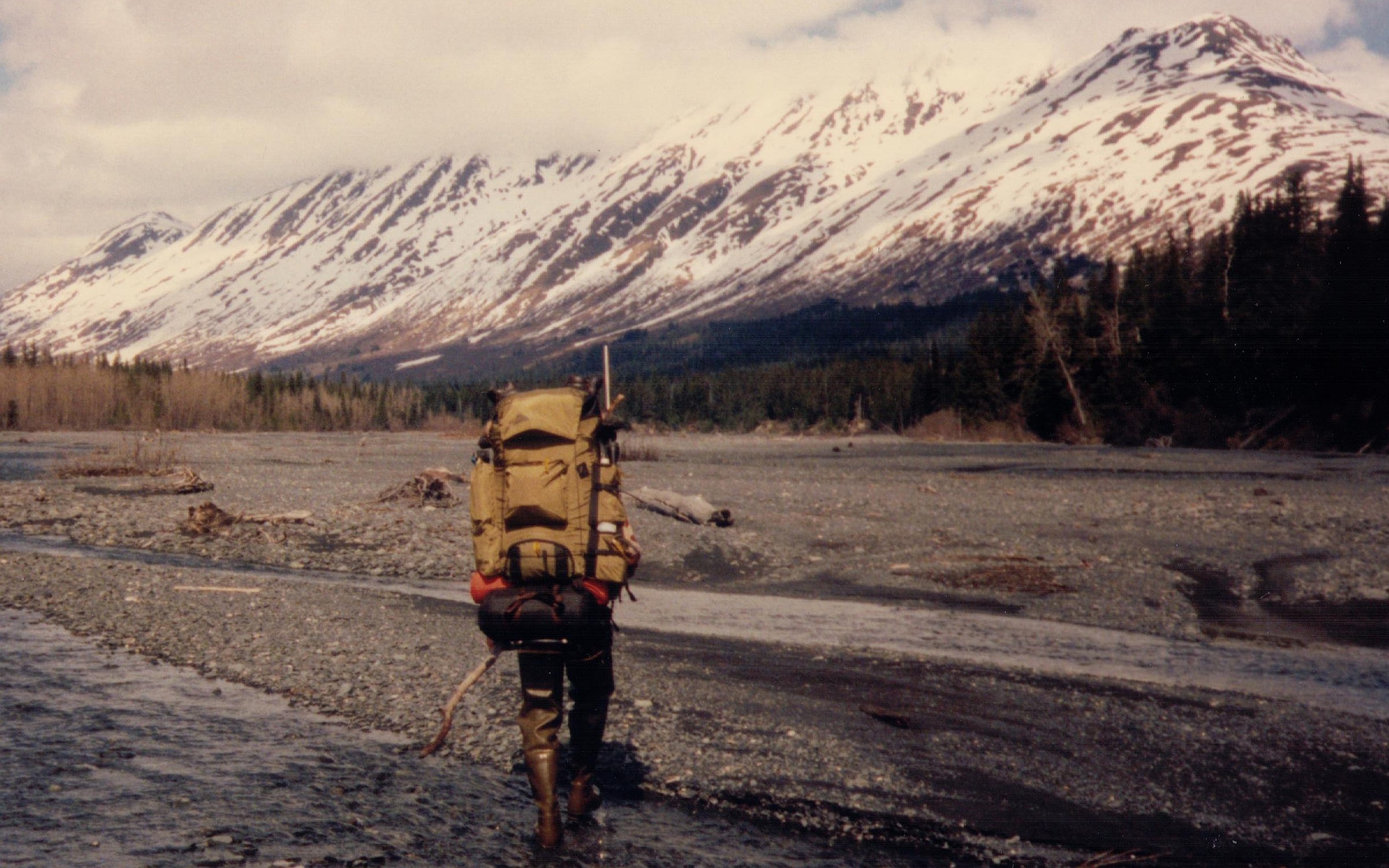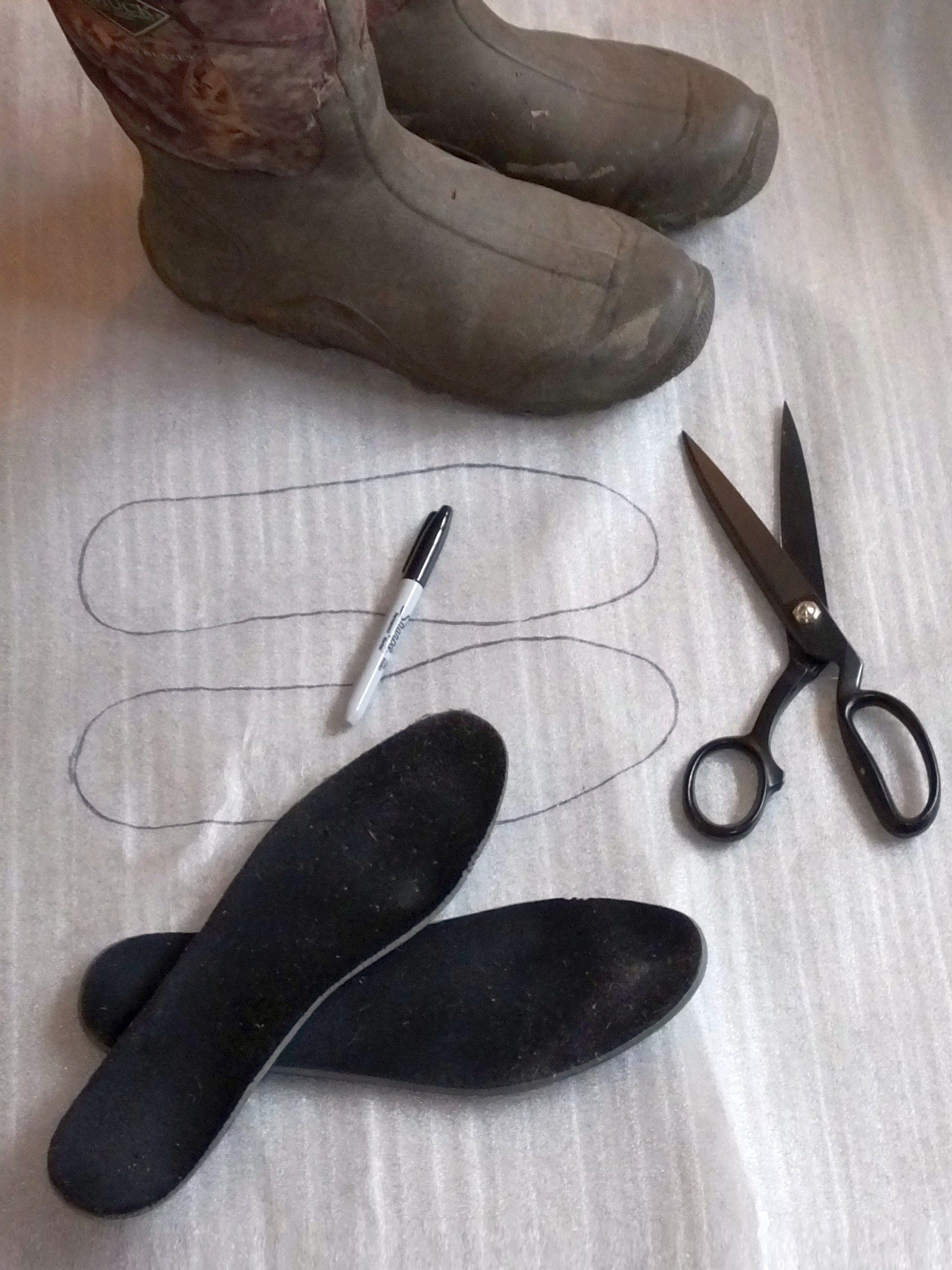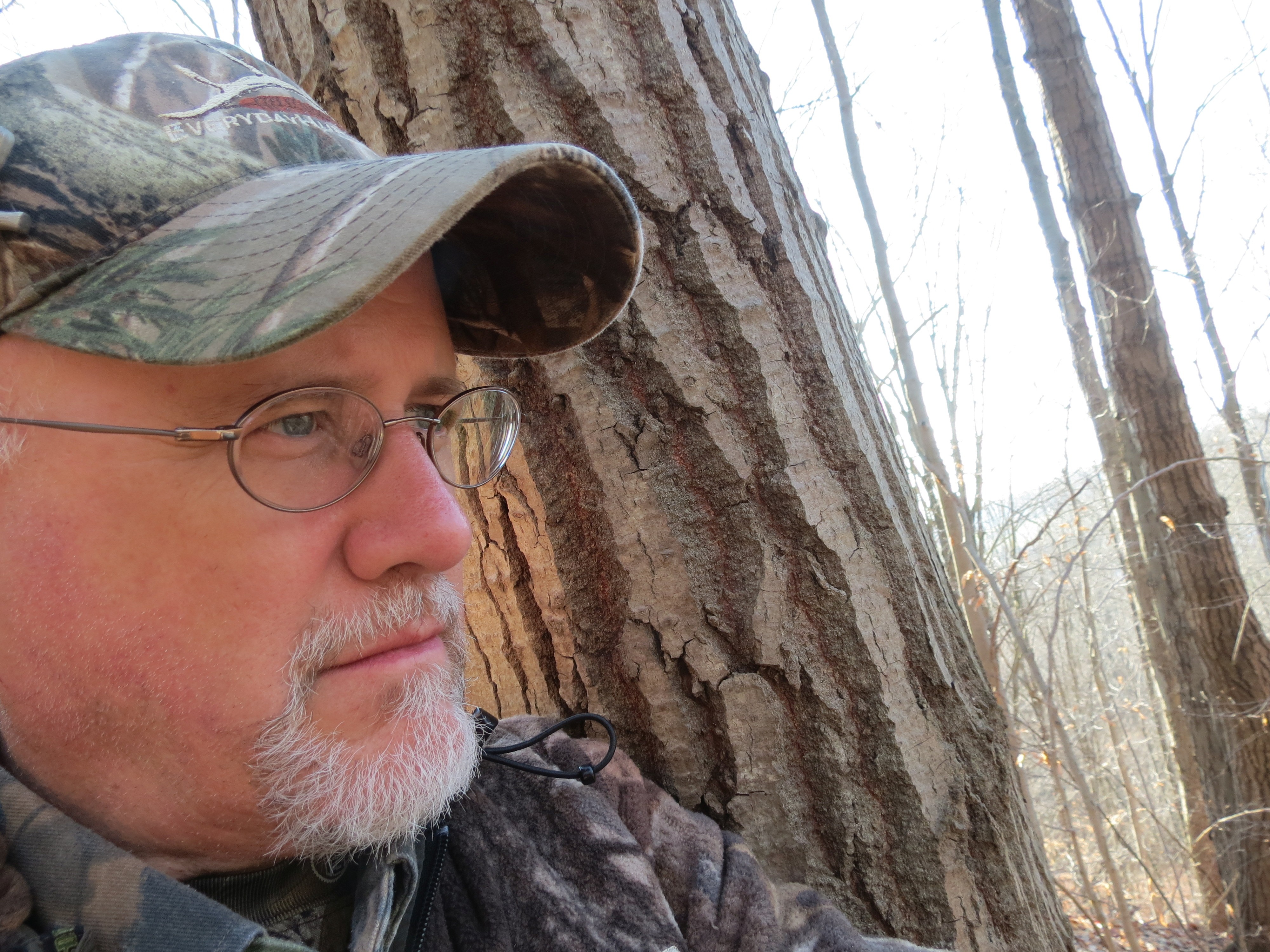By Steve Sorensen
Shed hunting experts know these four secrets!
While waiting for this bitterly cold, seemingly endless winter to end, the patience of whitetail hunters is growing thin as they itch to get out and hunt for shed antlers. This year we still have a foot of snow in the woods, and it’s not melting very quickly. With nighttime temperatures in the mid-twenties or even the teens, a forty-degree day doesn’t melt much snow.
YouTube is full of shed hunting videos, and many of them show hunters spotting sheds with tines sticking up through the snow. It looks easy, and it would be if the snow were only two or three inches deep. Fat chance of that here. In fact, I was out today and in some places the snow was still knee-deep.
So, under these harsh conditions, can you, should you, hunt for sheds in the snow? The odds of finding them may be slim if they’re buried under the white stuff. But while searching snow-covered ground, I discovered several reasons to hunt sheds in the snow:
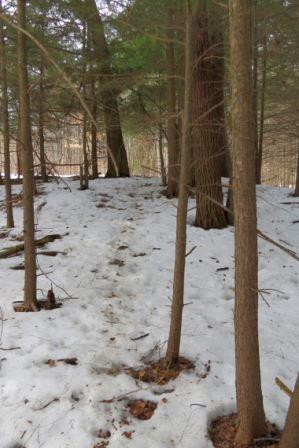
This deer trail is littered with droppings, runs through thermal cover and leads directly to a deer bedding area. (Photo: Steve Sorensen)
1. Focus on thermal cover
In order to survive, deer must conserve energy in the winter. To do that, they seek thermal cover — areas where hemlocks or thick pines grow. Thermal cover gives deer at least three advantages. These trees act like a blanket, holding the day’s heat through the night. They also act as an umbrella, catching snow in their limbs, so the snowcover isn’t as deep under them. They also offer a wind break, minimizing the exposure of deer to the biting wind. Southern slopes offer an additional advantage — they’re warmer than northern slopes because the sun’s rays are more direct. These are the reasons deer gravitate to thermal cover in the winter. Snow doesn’t necessarily melt here first. It might actually stay longer in protected areas where the sun doesn’t get through, but look in these areas first and plan a return trip.
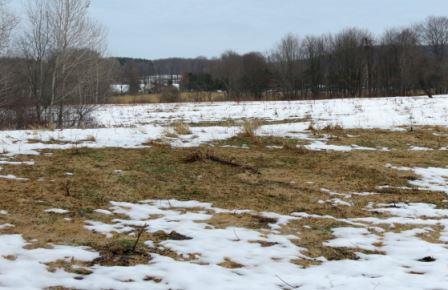
Snow never covers a field at the same depth everywhere. Some areas will be windswept, and the grasses will be exposed there first. These spots will be deer magnets because deer can feed without spending much energy. (Photo: Steve Sorensen)
2. Don’t skip over open fields
Fields are difficult to hunt because they are often large, and the deer might be anywhere. But early hunting while snow is still on allows you to narrow down the area considerably. That’s because most fields have windblown spots, either because of the contour of the land or due to the way the wind blows around adjacent cover. Deer will gravitate to those windblown spots where they don’t need to paw through the snow. Even though snow might still be 10 to 12 inches deep in most of the field, some spots are bare. The exposed grasses and weeds make acquiring food effortless. That’s important to deer because the less energy they use finding food, the less stress they have and the healthier they will be at winter’s end.

Find deer beds and your odds of finding shed antlers go way up. When antlers are ready to fall, the slight jerking motion of a deer getting up or down is enough to make them drop. (Photo: Steve Sorensen)
3. Seek out deer beds
Deer will concentrate their activity in winter. When one deer breaks trail, the others will follow single file. You’ll often find deer droppings in such abundance on those trails that it looks like a barnyard, and they will lead you directly to bedding areas. In severe winter weather deer will use the same beds over and over, and melt the snow right down to the ground. You may not see antlers until the snow around the beds melts, but now that you know where the beds are you’ll know where to look.

Look under apple trees. They serve a dual purpose for deer. They function as mini-thermal cover, and they offer a food source. (Photo: Steve Sorensen)
4. Look for isolated trees, especially fruit trees
These act as mini-thermal cover. The trunks absorb heat from the sun, and it keeps the snowcover around them to a minimum. Deer gravitate towards them. On apple trees, you’ll often see a browse line where deer consume the tender tips of the branches during winter. The act of biting and jerking these tips will often be just enough to jar antlers that are ready to fall.
The chances of finding shed antlers are low while the ground is still white with snow, but that’s no reason to stay out of the woods. By mid-March most antlers have been cast, and even if snow still covers the ground you might be lucky enough to find the obvious ones — perhaps on top of the snow or maybe in spots where the snow is almost gone. But even if you don’t find them, you’ll know the land better, increase your odds the next time out and cover it more quickly. Finally, you’ll beat other hunters to the punch — your tracks in the snow will make other shed hunters think the area has been covered.
About Steve Sorensen:
 Steve Sorensen is the author of “Growing Up With Guns” and “The Everyday Hunter Handbook Series.” He also writes an award-winning newspaper column called “The Everyday Hunter”®, and edits content for the Havalon Post. He has published articles in Deer & Deer Hunting, Outdoor Life and many other top magazines across the USA. Invite Steve to speak at your next event, and follow him at www.EverydayHunter.com.
Steve Sorensen is the author of “Growing Up With Guns” and “The Everyday Hunter Handbook Series.” He also writes an award-winning newspaper column called “The Everyday Hunter”®, and edits content for the Havalon Post. He has published articles in Deer & Deer Hunting, Outdoor Life and many other top magazines across the USA. Invite Steve to speak at your next event, and follow him at www.EverydayHunter.com.
1,227 total views, 2 views today


